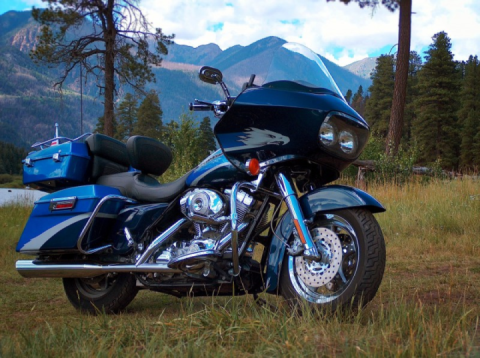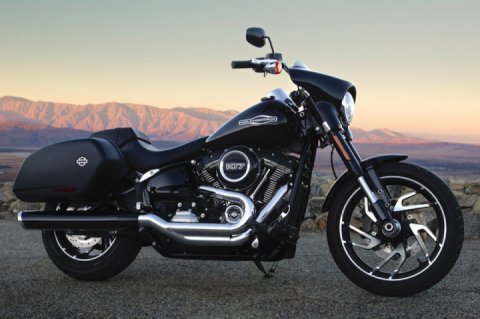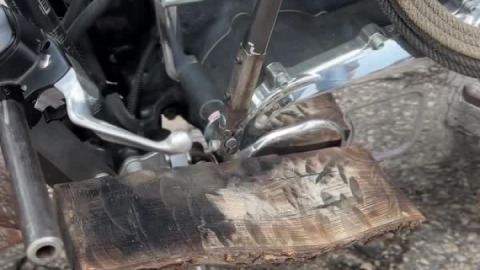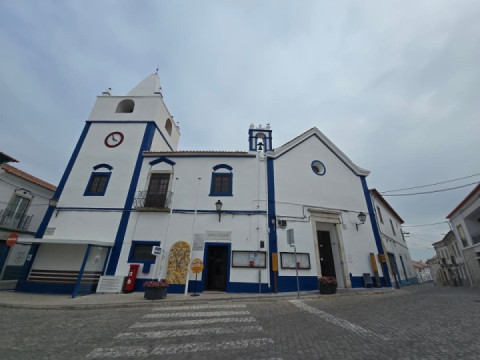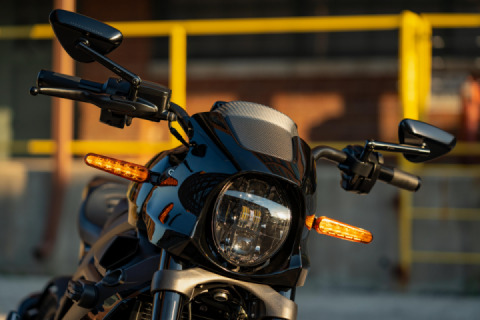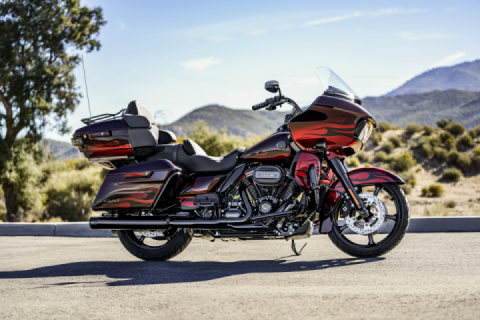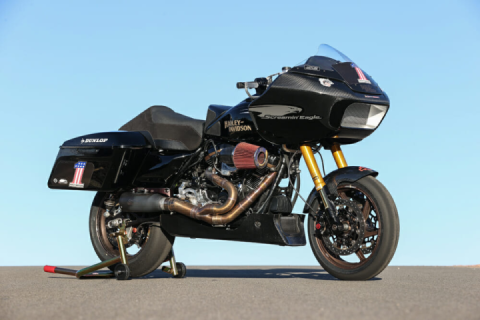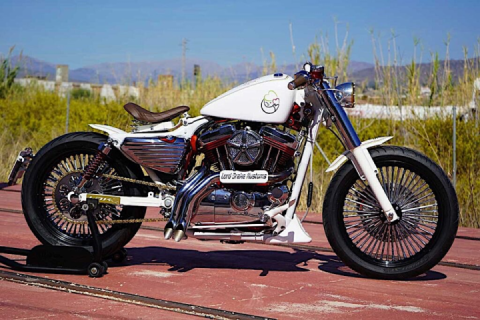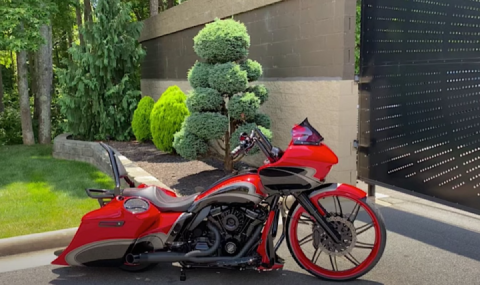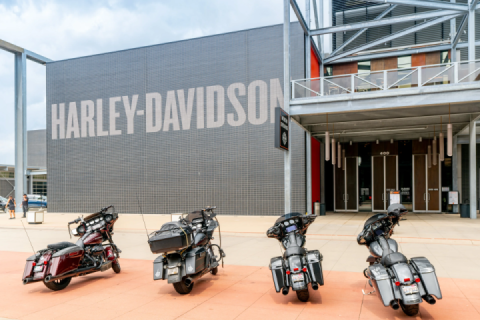History of the Harley-Davidson FLTR Road Glide, Part II
After the production of the Tour Glide model ended in 1996, the Harley-Davidson lineup no longer included representatives of the FLT series. The suffering of fans of this touring family lasted an endless year... Until the American company finally released an infallible remedy for the soul's pain in 1998 – the FLTR Road Glide!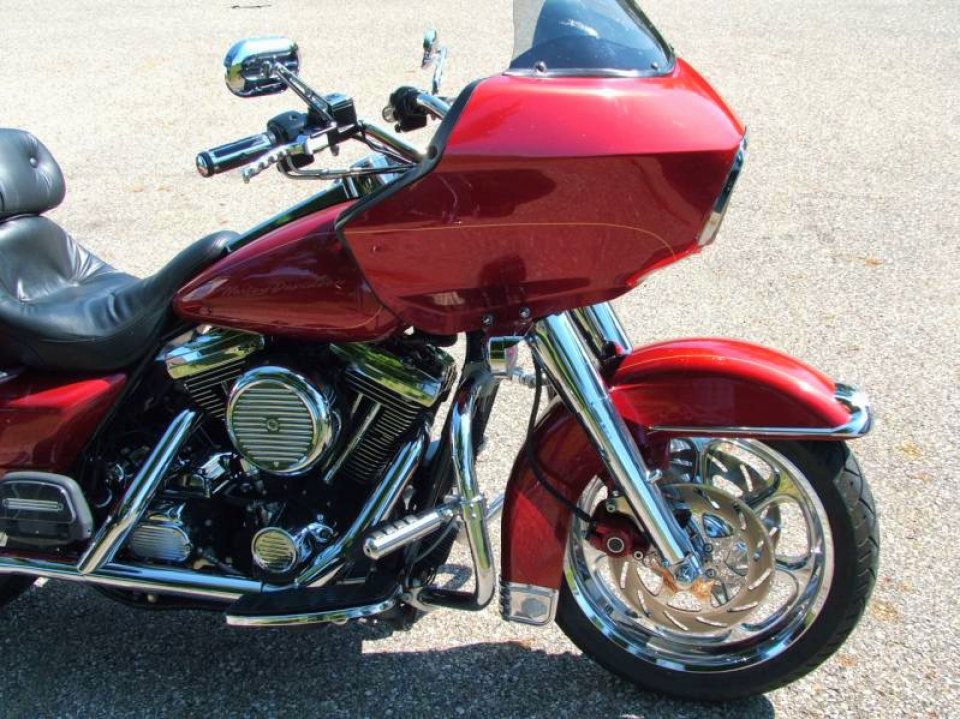
Like the previous Tour Glide, the new model was built using the frame and engine from the Electra Glide, but it noticeably differed in design – including from its FLT predecessors. Interestingly, over the subsequent years of production, the shape of the front fairing (both its exterior part and the interior where the instrument panel and sound system are located) changed very little.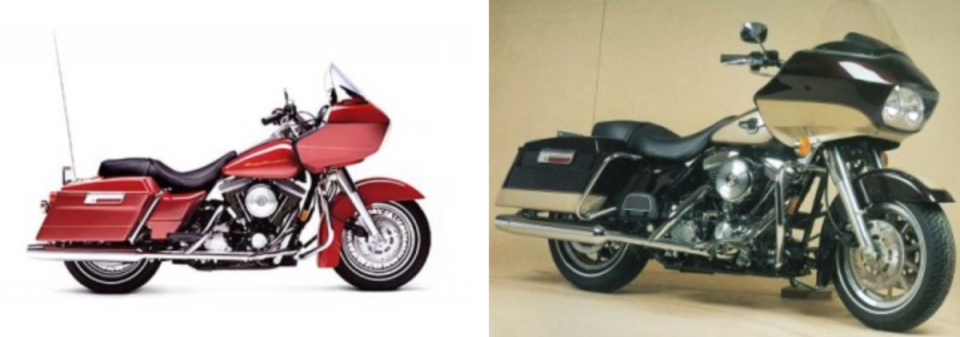
In the following year, 1999, all Harley-Davidson Touring family motorcycles received a new Twin Cam series engine (then 88 cubic inches – 1442 cc), which replaced the Evolution motor.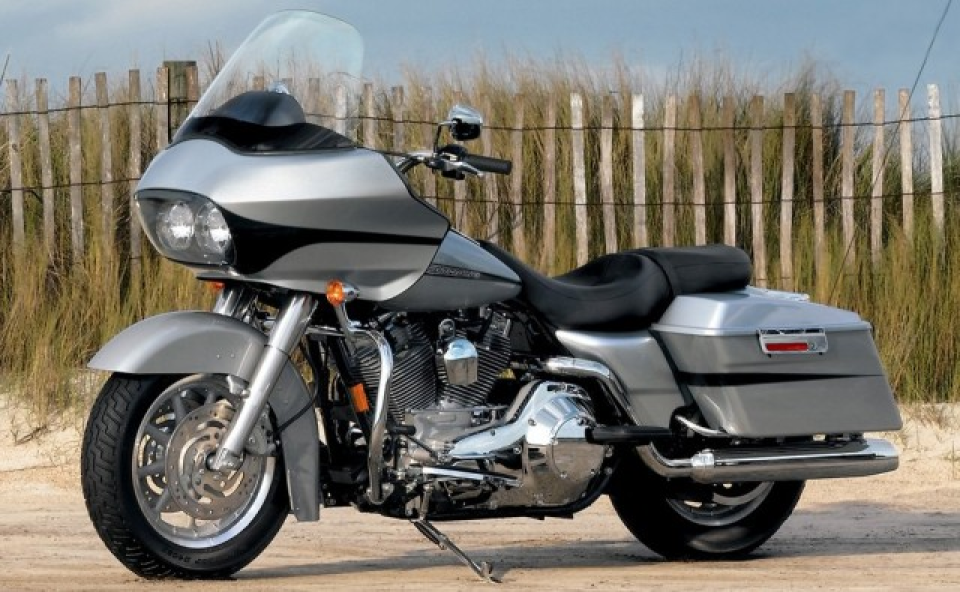
Up until 2003, the Road Glide did not receive significant changes. Except in 2000 and 2001, when the manufacturer introduced luxury versions of the CVO family: the FLTRSEI and FLTRSE2 models, distinguished by their components and paintwork.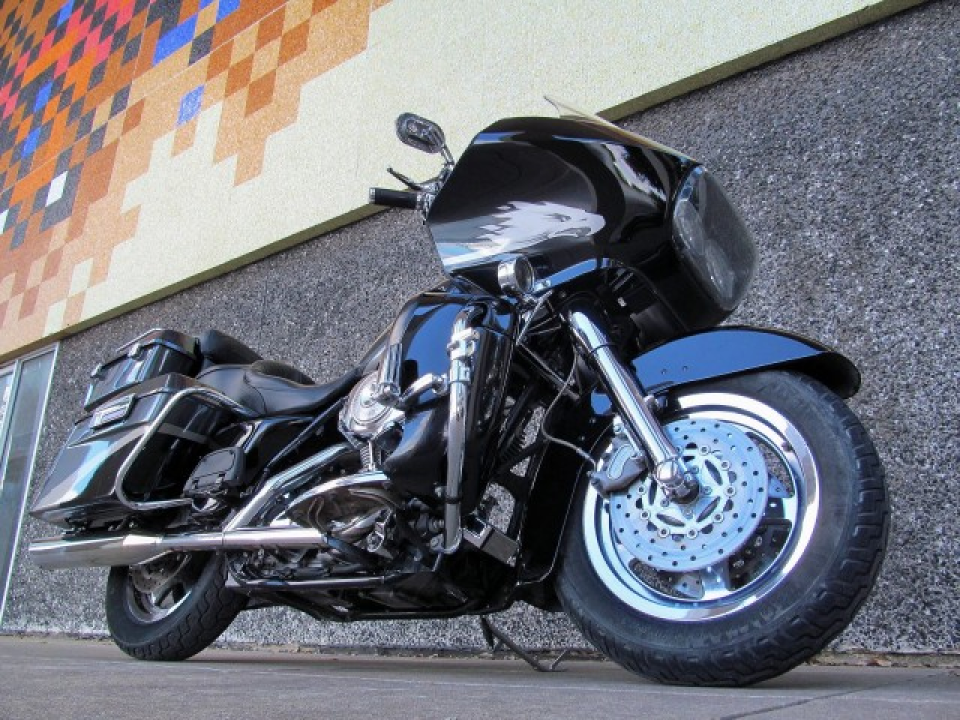
In 2004, technical progress finally reached the Road Glide: the cassette player gave way to a music system that used compact discs. Two years later, the radio system was upgraded from Radio Sound to Harman Kardon.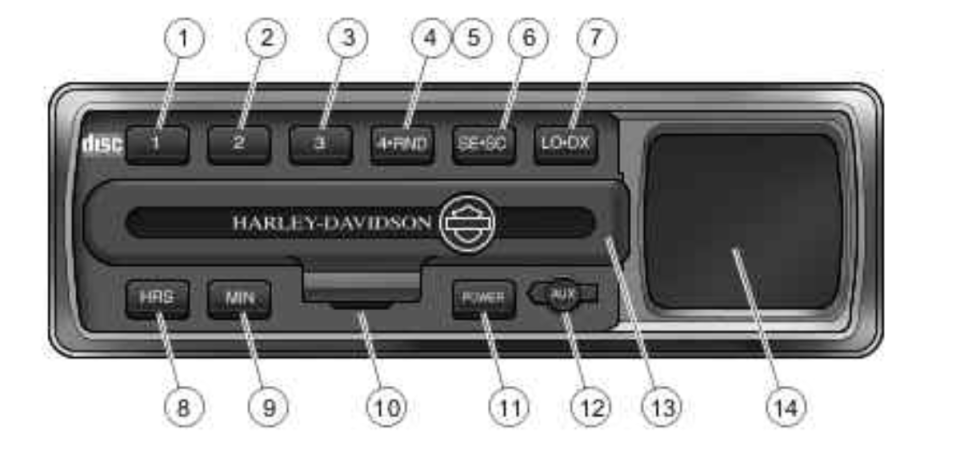
In 2007, the motorcycle's "hardware" was significantly modernized: the displacement of the lower cam "twin" increased from 88 to 96 inches, the gearbox became 6-speed, and all Touring family models (including, of course, the Road Glide) were henceforth equipped with a fuel injection system as standard.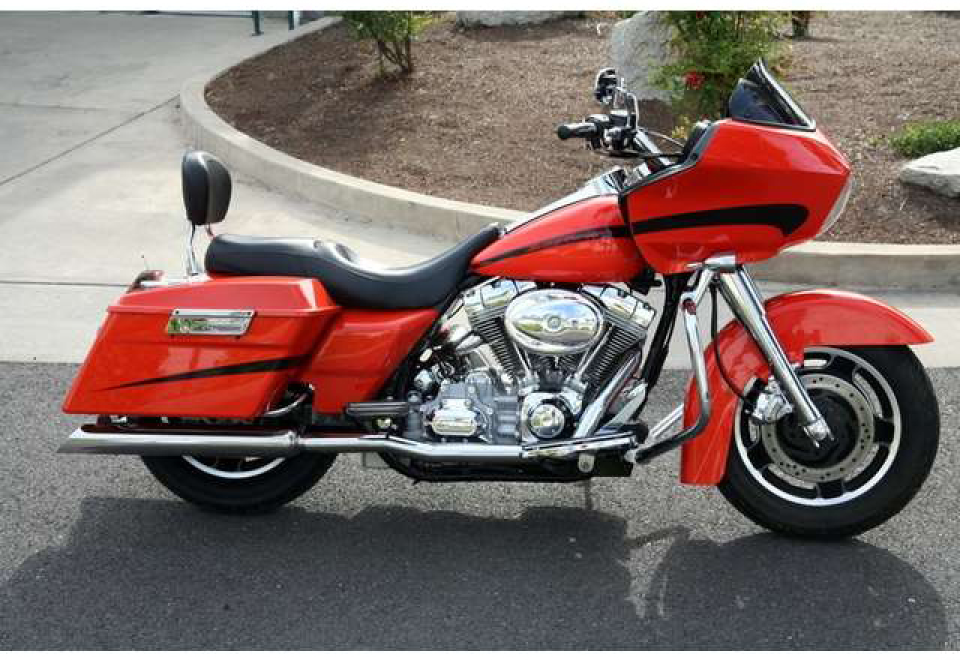
The refinement of the Harley-Davidson FLTR model continued the following year: the fuel tank capacity was increased to 22.7 liters, the traditional cable throttle was replaced with an electronic Throttle By Wire system, the brake mechanisms became Brembo, and ABS became available as an option.
The marathon of changes for the Road Glide did not end in 2009, when the model received a new frame, a wide 180 rear tire, and a 17-inch front wheel. This marked the end of the era of the classic, so to speak, Harley-Davidson FLTR: the 2010 season saw the debut of the Road Glide Custom, designated FLTRX. The motorcycle featured a rear suspension lowered by an inch, a new LED taillight, and a new "2-into-1" exhaust system, replacing the previous "2-1-2." Incidentally, the 2010 FLTRX was the only one to receive the "2-into-1" system, as the manufacturer reverted to the previous system in models of subsequent years.
Additionally, the new Road Glide Custom featured an 18-inch front wheel, a refined fifth gear (to reduce noise levels), and a slightly higher and slightly tilted front fairing. Cruise control became optional.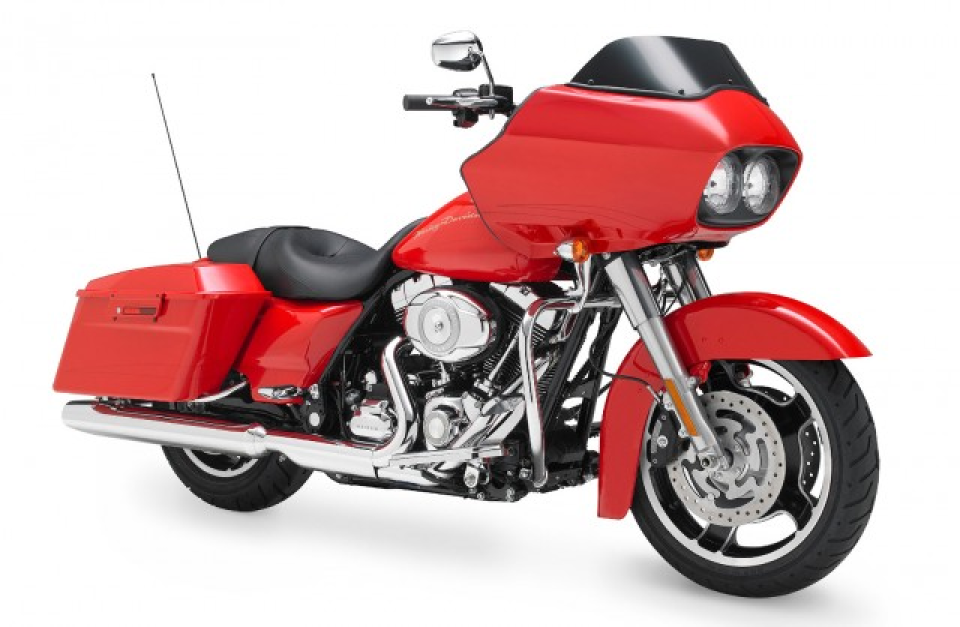
The motorcycle of the following year saw almost no changes – except for new color schemes, and the option to equip the FLTRX with a Twin Cam 103 engine. In the same year, 2011, the Road Glide Ultra (FLTRU) model debuted, distinguished from the Custom modification by its 17-inch front wheel, 103-inch engine as standard, central trunk, and comfortable two-level seat.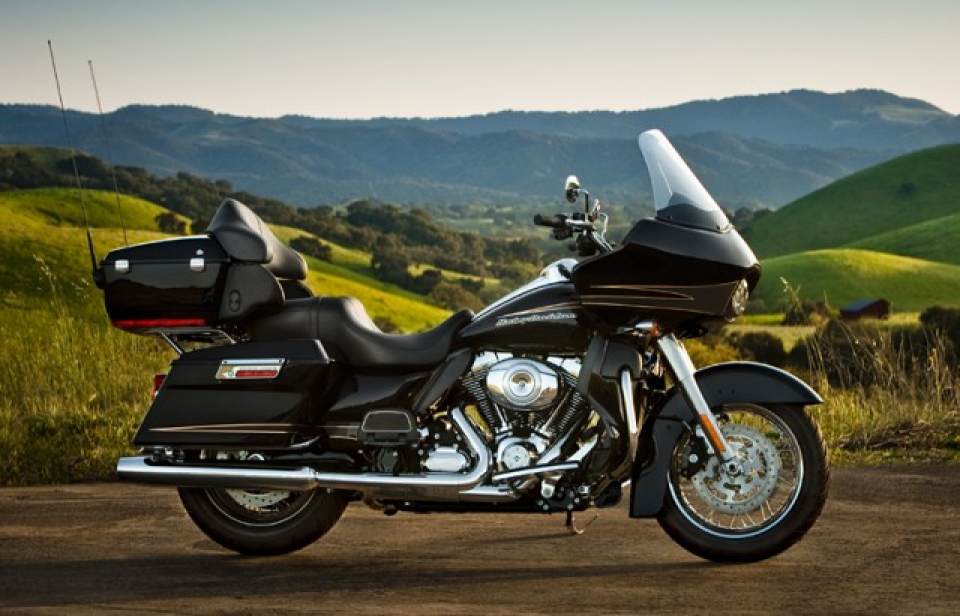
The last significant upgrade to the Road Glide family motorcycles occurred last year in 2015, when the models received a new Dual Daymaker LED headlight, a different handlebar, a 6.5-inch color touchscreen multimedia system, a combined Reflex ABS system, and a redesigned front fairing. During the design of the new Shark Nose, the manufacturer conducted numerous tests in a wind tunnel, where engineers and designers sought the most efficient fairing shape.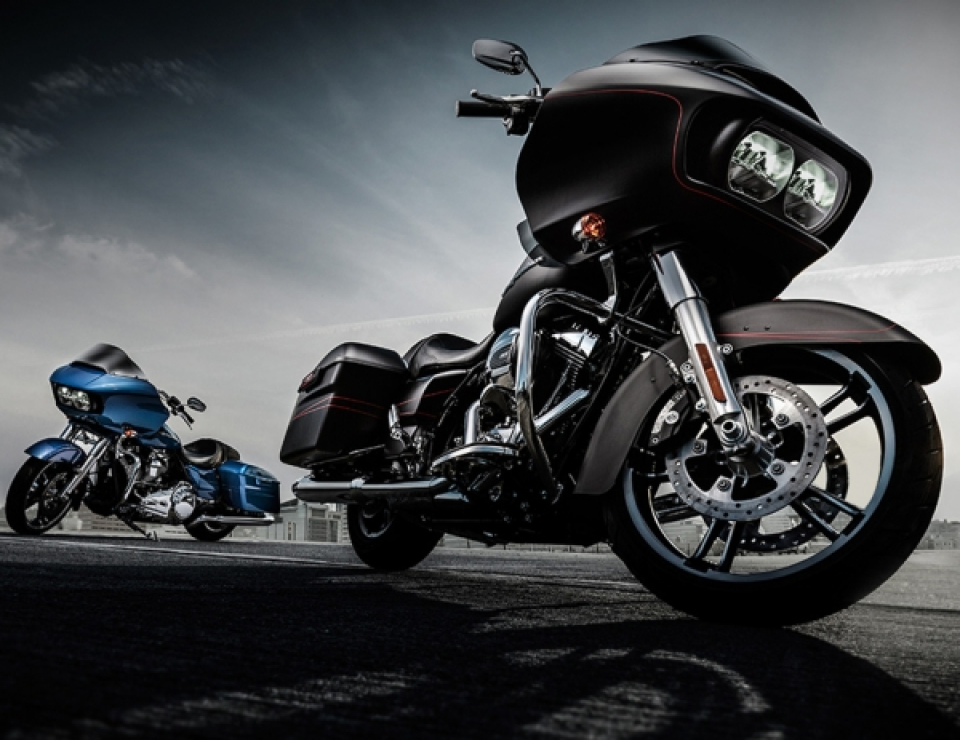
And, they say, they found it... ;)
The End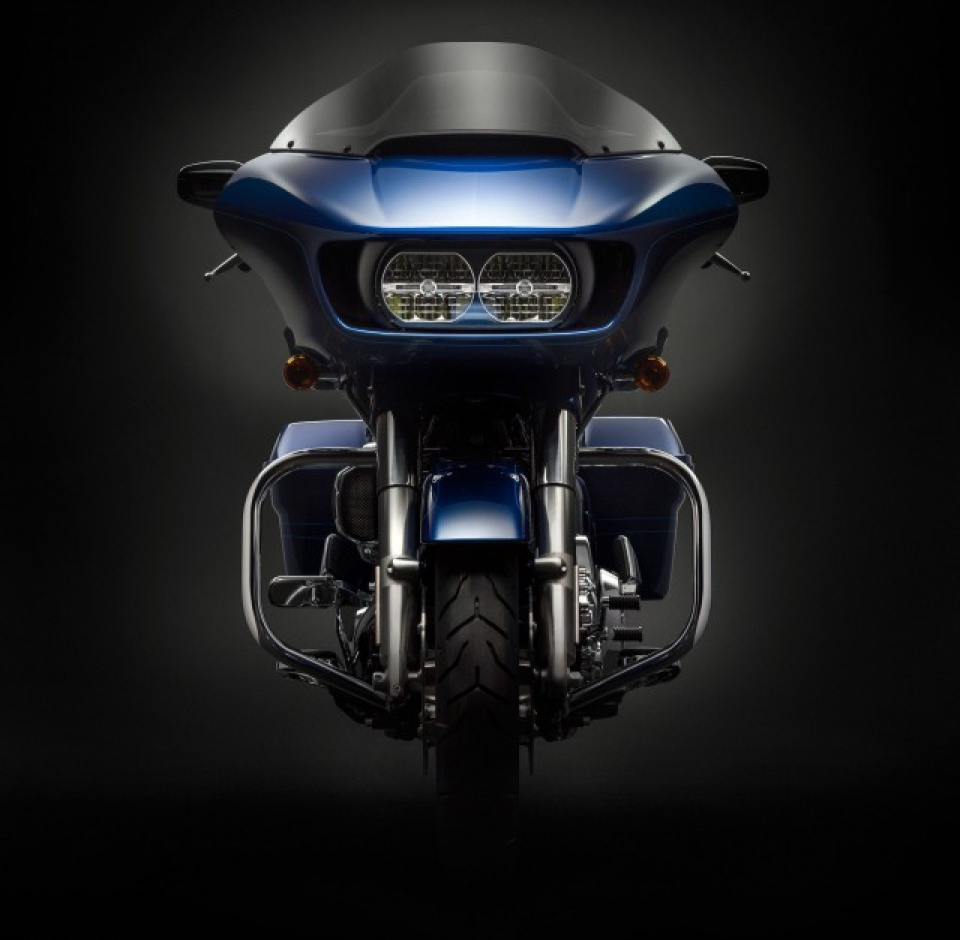

 Follow
1.9K
Follow
1.9K







